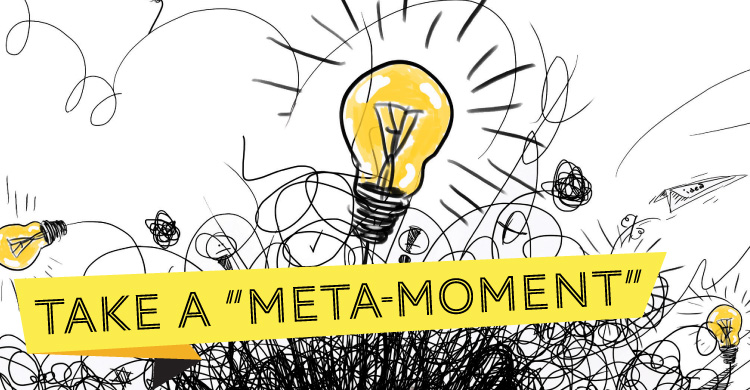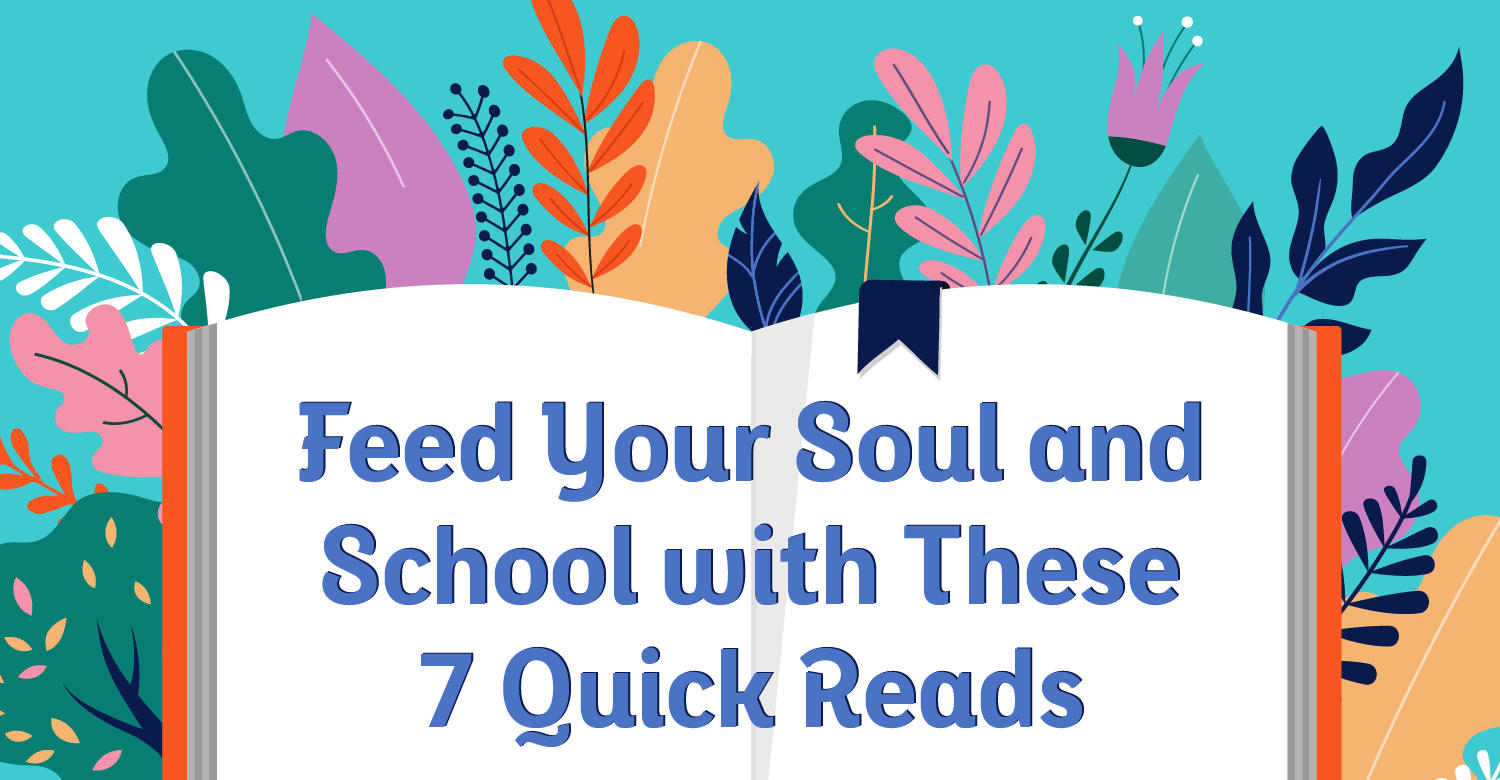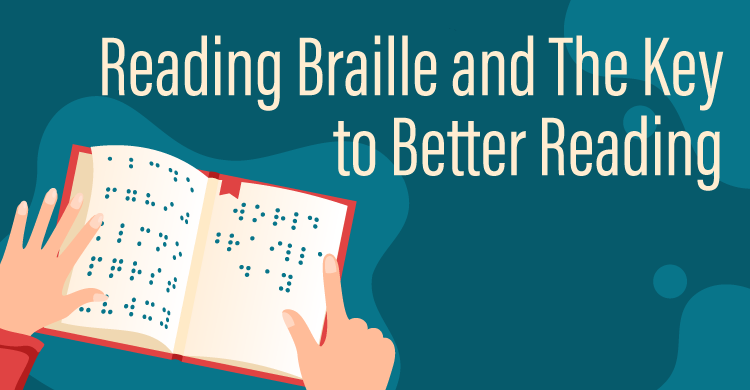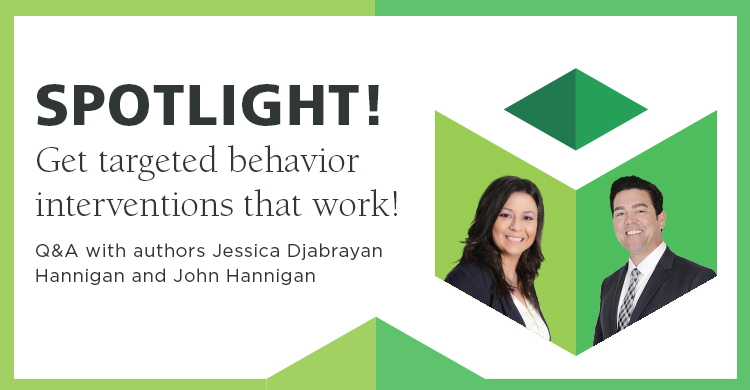Based on Metacognition: The Neglected Skill Set for Empowering Students
As I am writing this, I can report that I am on day 78 of our Coronavirus quarantine, and if I could, I would be delivering this information to every one of you in person.
In fact, I would love to talk to anyone about anything, as long as I don’t have to do it in a Zoom meeting.
Metacognition, my latest book with coauthor Robin Fogarty, is especially timely because metacognition is a central feature of two significant trends in education: student motivation and student agency. When considering these two ideas, it is clear that metacognition is the mindful thinking skill set that students need to learn. Basically, student motivation and student agency boil down to students knowing what they want to learn, knowing how they learn best, and learning when and how to reflect and improve on their performance.
Which happens to be a pretty good definition of metacognition.
The importance of these trends is becoming clear, as the disruption caused by the quarantine is causing parents and teachers to discover how much of a “self-starter” and/or problem-solver their child is, isn’t, or can be.
Parents are also discovering that their child’s educational experience has so much structure in the day that students never really get a chance to discover how they learn best, for those times when they have to learn on their own.
In Metacognition, we have identified the three areas of metacognitive behaviors: planning, monitoring, and evaluating. In each part, we present ten classroom strategies that any K–12 teacher could integrate into their classroom the very next day. In fact, some of these practical ideas are probably already trusted tools in many teachers’ toolboxes of strategies.
Our goal in this blog post is to introduce one strategy from each of the three areas of metacognition, describe each one briefly, and then leave you with a brief summary.
Three planning strategies include: Roll the Dice (Predicting), Film Footage (Visualization), and The Goal Post (Goal Setting)—which I am using for this blog. In the previous paragraph, I declared my planned goal and the individual elements that I will use to evaluate whether I met my goal.
Research on the many books that hail the power of goal setting always mentions how important milestones, indicators, or sub-goals are a vital part of accomplishing a goal. Students who are proficient goal setters, when asked, will be very clear on exactly what steps are needed to reach the ultimate goal. (428 words)
A sample from the section on monitoring includes “Talk to Yourself (Think Aloud),” “Alarm Clock (Recovery Strategies),” and the one I will use for this assignment, “Two-Way Talk (Conferencing).” I talked to Robin about my idea for this blog while we walked on the beach. In dialogue with Robin, I wasn’t looking for answers. I was talking through decisions I had to make about why I felt like including a running total of the number of words in this post as an example of monitoring my progress, and how I might include this number in the text without distracting the reader.
The strategy of conferencing is a face-to-face interaction that yields a reflection on the project at hand. It is a technique for soliciting one-on-one feedback—a personal, verbal interaction that focuses on the why and the how of something instead of the what, who, when, and where of that something. (584 words)
The third section focuses on Evaluating Strategies, so students can reflect on and improve their own performances. Much like a mirror, metacognitive evaluation strategies are used so the person looking into the mirror can reflect on and make adjustments and improvements to what they see. Strategies for evaluating include Thumbs Up/Thumbs Down (PMI), Connecting Elephants (How Can I Use This?), and finally, Checkmate, (Self-Administered Checklists)
Checkmate is a simple listing of the ideas, procedures, or, in my case, the goals that I set when I began. Of course, students are familiar with teacher-directed assignments that require students to meet criteria in a rubric or complete a checklist as they work toward their final project. Interestingly, a student who is metacognitive seems to already understand the reasons that these elements in the rubric are important when attempting to solve a complex, open-ended assignment.
In closing, an unintended consequence of the interruption caused by the Coronavirus is that parents are becoming more aware of why educational leaders are so focused on student motivation and student agency. Never has it been clearer that educators have to have a laser-like focus on teaching students how they think, how they can best adapt to an uncertain future, and finally, how to learn when they are not being taught. (802 words)
[author_bio id=”53″]







